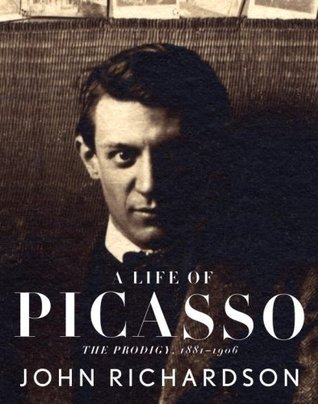
The Judgment of Paris: The Revolutionary Decade That Gave the World Impressionism
Book Description
A daring clash of art and revolution unfolds in the heart of 19th-century Paris, where bold strokes and radical ideas shatter conventions. As master painters like Monet, Renoir, and Degas break free from the confines of tradition, they ignite a cultural explosion that redefines beauty and transforms the very fabric of society. Against a backdrop of political upheaval and artistic ambition, rivalries heat up and friendships fracture, all while a captivating new vision of the world comes to life. Who will prevail in this exhilarating battle for the soul of art?
Quick Book Summary
"The Judgment of Paris" by Ross King explores the dramatic transformation of French art during the 1860s and 1870s, spotlighting the birth of Impressionism. The book traces how established artistic norms, championed by celebrated academic painters like Ernest Meissonier, collided with the daring, fresh perspectives of radical newcomers such as Édouard Manet, Claude Monet, and their contemporaries. Against the tumultuous backdrop of political unrest, shifting social values, and evolving artistic expectations, King reveals the personal and professional rivalries that fueled innovation and pushed the boundaries of creative expression. Through vivid storytelling, the book demonstrates how a small group of passionate artists turned their backs on tradition, suffered public ridicule, and ultimately revolutionized art, paving the way for modernism and forever changing how we see the world.
Summary of Key Ideas
Table of Contents
The Clash Between Tradition and Innovation
In mid-19th-century Paris, the world of art was dominated by the academic style exemplified by painters like Ernest Meissonier, whose meticulous historical scenes captured the classical ideals favored by the Paris Salon—a prestigious art exhibition that could make or break an artist's career. The Salon enforced rigid standards of beauty, composition, and subject matter, upholding tradition and resisting change. Yet, in the margins, a group of young, ambitious artists were beginning to question these conventions, restless to capture the vibrancy of modern life and the fleeting effects of light.
The Paris Salon as a Battleground
The rise of Impressionism was marked by a stark opposition to the Salon's preferences. Artists such as Édouard Manet and Claude Monet pioneered new techniques—looser brushwork, informal compositions, and radical subject matter—depicting everyday scenes rather than historical or mythological themes. The refusal of the Salon to accept their submissions fueled their sense of unity and strengthened their resolve. The infamous Salon des Refusés of 1863, where rejected works could be displayed, became a pivotal moment, exposing the public to radical new visions and sparking fierce debate within the art world and beyond.
Political Upheaval and Artistic Change
Political and social upheaval in France, including the Franco-Prussian War and the fall of the Second Empire, provided a fertile backdrop for artistic revolution. As Paris recovered and reshaped itself amidst uncertainty, artists responded to contemporary anxieties, urban renewal, and shifting social dynamics through their evolving style and subject matter. The Impressionists sought to render the intensity of the present moment, mirroring the unpredictability and flux of the time. This context helped Impressionism gain relevance, even as it struggled for acceptance.
Personal Rivalries and Relationships
Personal relationships and rivalries among the artists were integral to the story. Friendships formed, fractured, and sometimes fused again in the crucible of competition. Manet's boldness inspired Monet, while Renoir and Degas each brought their distinct sensibilities to the movement, sometimes clashing but often supporting one another. These individuals' private struggles to survive and be recognized, their strategic alliances, and their shared determination were as instrumental as their artistic innovations in forging the new style.
The Emergence and Legacy of Impressionism
By the close of the decade, Impressionism had decisively challenged the dominance of academic painting. What started as artistic rebellion became the foundation for modern art, influencing everything from technique to subject matter around the world. Ross King’s account illuminates how these artists’ perseverance and vision, first met with ridicule, forever shifted society’s perception of beauty and art’s role, affirming the enduring legacy of the Impressionist revolution.
Download This Summary
Get a free PDF of this summary instantly — no email required.





